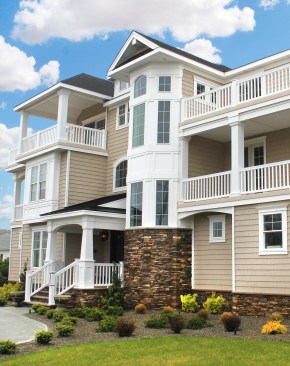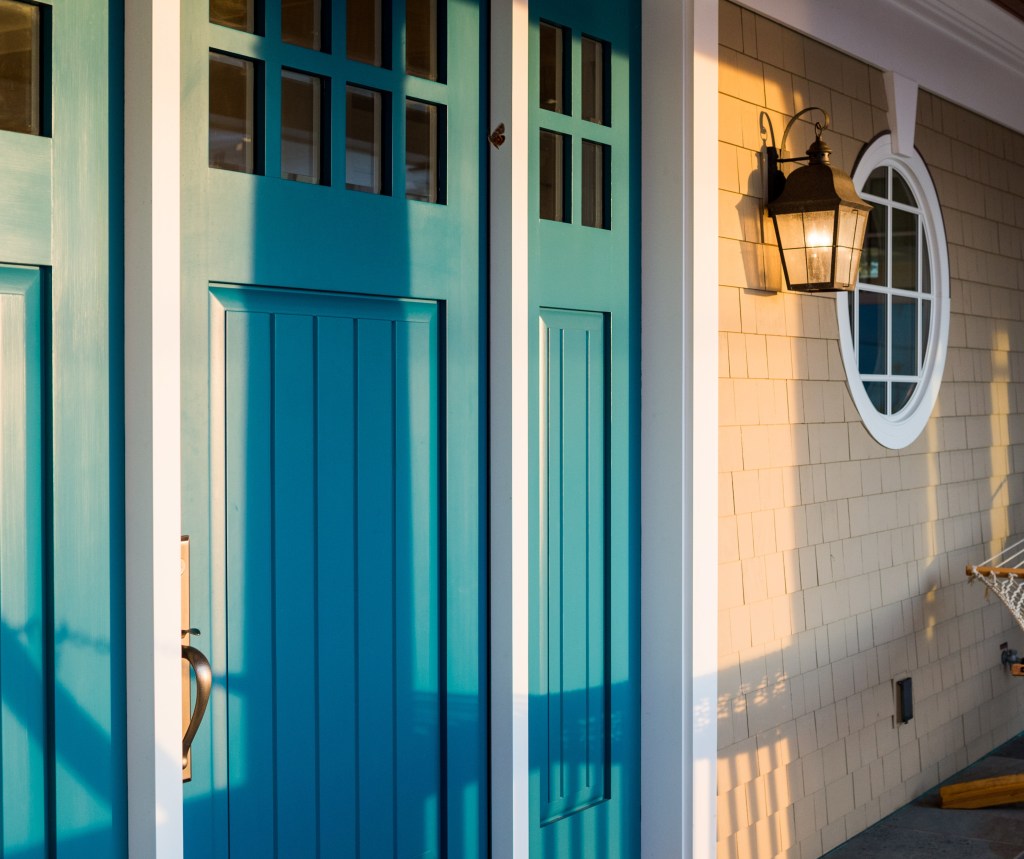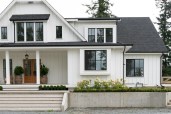Wood is still king in the world of exterior trim—for now, at least. But a desire for low-maintenance and longer-lasting material means PVC is making strides in the market. Freedonia, a Cleveland-based research group, predicts demand nationwide for molding and trim will rise 5.5% annually by 2020 and boost the product segment’s value to $9.9 billion. “Wood will remain the top material for molding and trim, though competition from plastic and engineered wood is expected to intensify,” Freedonia notes.
The exterior trim and molding market is worth about $1.6 billion, estimates Loi McLoughlin, general manager of trim and molding at AZEK Building Products. Of that, about 20% is PVC-based products.
In terms of location, “70% of all PVC trim is sold in the Eastern U.S. within 250 miles of the coast,” according to Rick Kapres, vice president of sales for Versatex, but he says the market is starting to grow in places like the South and Midwest.
McLoughlin also believes homeowners want more wood alternatives in an ever-expanding array of styles and colors. “Homeowners continue to look for low-maintenance exterior products,” he says, both in new construction as well as in the repair and remodel segment.
But expect PVC-based trim’s higher cost to continue to cause variations in demand depending on the customer. “Homeowners are, many times, willing to pay more than what builders are offering, to get a better life-cycle cost,” Kapres says. That view is seconded by Jeff Byers, vice president of marketing at HB&G, who says, “Builders are more focused on short-term costs; homeowners, on long-term costs.”
“Builders tend to be too hung up on the stick price of trim rather than selling value and life cycle,” Kapres says.
McLoughlin agrees when production builders are involved but says custom builders will use PVC for its long-term durability, low-maintenance qualities, and lasting beauty.
In terms of style, homeowners are looking for more of the same: simple and easy. Clean, modern styles are popular. McLoughlin says that in some markets, dark color trims are becoming popular, including black.

This home combines classic and tapered column wraps, PVC sheet aspects, and traditional window surrounds, all supplied by Versatex.
Versatex has put out new products to meet this new color trend, introducing the Canvas series, available in black cherry, walnut, and macore finishes.
As dealers strive to meet demand for trim projects, a combination of factors may further dent wood’s majority stake. Dealers are preparing for lumber price hikes in the wake of hurricanes Harvey and Irma, as well as wildfires ravaging British Columbia. There’s also the still-unresolved softwood lumber dispute, in which the U.S. government has imposed tariffs on Canadian goods.
It’s still too early to accurately assess the economic impact of the two hurricanes, but a Sept. 11 report from Principia, a Malvern, Pa.–based consulting firm, predicts that a minimum of $1.8 billion in building supplies will be needed for the Houston area alone. Byers says he isn’t worried about long-term supply issues, but notes “prices are going up and have already started.” If prices increase substantially, builders may be less inclined to stick with wood.
Kapres agrees it’s too early to assess the economic impact but thinks the hurricanes could force builders to switch permanently to PVC.
“In areas that have been hit with flooding in Texas and Florida, it certainly highlights the fact that wood versus water is a mismatch,” says Kapres.
McLoughlin isn’t as sure when it comes to the storms’ effects, pointing out the relative lack of trim used in the South.
“In regard to trim, price increases will be minimal,” he says. “I don’t think this will impact wood trim much, because of the overall type of homes in the South. For example, homes in Florida usually use stucco, so trim isn’t as relevant.”


